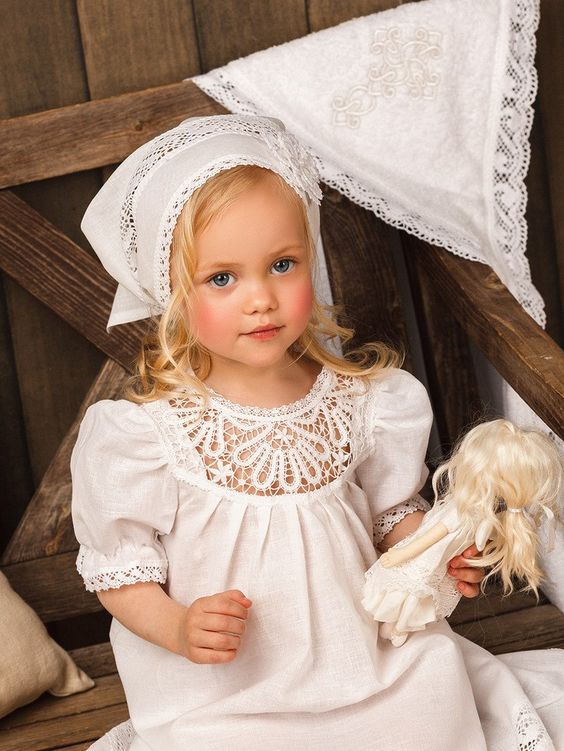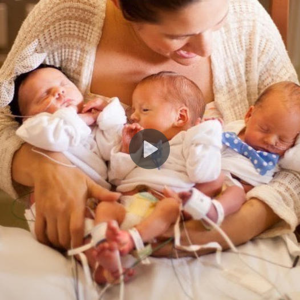From about age 2, children begin to develop many new emotions. Includes strong emotions such as frustration, anger, shame, guilt, shame, and excitement.These strong emotions can sometimes overwhelm children.

Children often need help to calm down with these strong emotions because they:
still developing all of his skills, including strong emotional management skills
There aren’t always words for strong emotions, especially in toddlers and preschoolers.
may react more strongly to things because of their temperament
It can be difficult to calm down if you’re tired or hungry, in crowded places like shopping malls, or at exciting events like parties.
Learning to calm down is an important part of learning to understand and manage children’s emotions.
Help your child calm down: 5 steps
Here are 5 steps you can take to help your child calm down in the face of a strong emotion:
Notice and identify emotions.
Name and emotionally connect to the event.
Pause and say nothing.
Support your child while they calm down.
Problem solving.
1. Notice and identify emotions

If your child seems to need help to calm down, stop.Pay attention to what your child’s behavior is telling you about their feelings before you do or say anything else. You can do this by:
Look closely at your child
Observe their body language
listen to what your child is saying.
For example, if you ask your child to turn off the TV and take a bath, your child may ignore you or roll around on the floor and complain loudly. This gives you an indication that your child is feeling angry.
It may take practice to learn to identify your child’s emotions.
2. Name and emotionally connect to the event

The second step is to label the emotion and connect it to the event. This helps your child learn to understand:
What they are feeling and why
How their body reacts to this feeling
What words go with the feeling?
It also shows your child that you understand how they feel and that these feelings are okay, even if their behavior is not okay.
For example, if your child is rolling around on the floor and complaining loudly about turning off the TV, you can say, ‘I see you’re feeling angry because you turned the TV off.’
3. Pause and say nothing

Pausing and not saying anything for a few seconds will give your child time to absorb what you just said. It’s hard not to jump in and start talking. You may find it helpful to count slowly to 5 in your head while you wait.
This pause may be enough for your child to calm down and move on to something else. Or they can take matters into their own hands. For example: ‘Can I watch more TV after I shower?’
4. Support your child as they calm down

If your child is very upset, it may take them longer to control their emotions. For example, they may continue to scream or act violently, or they may throw a tantrum.
Here are things to try if your child takes longer to calm down :
Make sure they are safe and you are safe too.
Stay calm and close to your child. This shows that you understand and can handle their emotions. It also helps them understand that emotions don’t have to be overwhelming.
Go back to step 1. For example: ‘I can see you’re angry about this’.
Ask someone to help you if you need it – for example your partner if you have one.
Wait for the strong emotion to pass. Patient. It can be very difficult for young children to control strong emotions.
It’s tempting to say things like ‘Use your words’ or ‘Try taking deep breaths’. But your child may not be able to respond to these cues until their emotions pass. It’s best to wait.
While your child is calming down, you can move away from them a little, but it’s important that you stay close enough to observe and know that they are safe.
It’s important to let your child know that it’s normal to feel strong emotions. Once your child is calm, you may need to help him understand the difference between emotions and behavior. For example: ‘It’s normal to feel depressed and frustrated. But yelling at me and kicking the wall is not okay.’
5. Address the behavior or solve the problem

Your child needs to calm down before you can help them solve a problem or before you can respond to challenging behavior. What you do after your child has calmed down will depend on the situation. Here are the options:
Suggest other ways to respond to strong emotions. For example: “If you feel excited, clap your hands and jump up and down on the spot” or “If you feel angry, go into your room and squeeze your pillow really hard. Come back when you’re calm’.
Reassure or comfort your child. For example: ‘That’s a scary thing that happened’ or ‘I’m sorry to see you so sad. Let’s hug each other’.
Suggest other ways your child can solve the problem. For example: ‘You can ask for your toy back instead of hitting’.
Set some limits. For example: ‘I know you’re angry, but hitting is never okay. You’ll have to miss the party tomorrow’.
Children with autism who exhibit aggressive behavior and children with ADHD often need extra support to cope with strong emotions and control their impulses. Professionals who work with your child can suggest strategies that may help.
Calm down: get help
If you think your child needs more help to deal with their emotions, start by talking to a GP . Your GP can help you find support for your child, which may include seeing a counselor or psychologist . A school counselor can also help.
These professionals can also recommend parenting programs that help you learn more about how to control children’s emotions.





